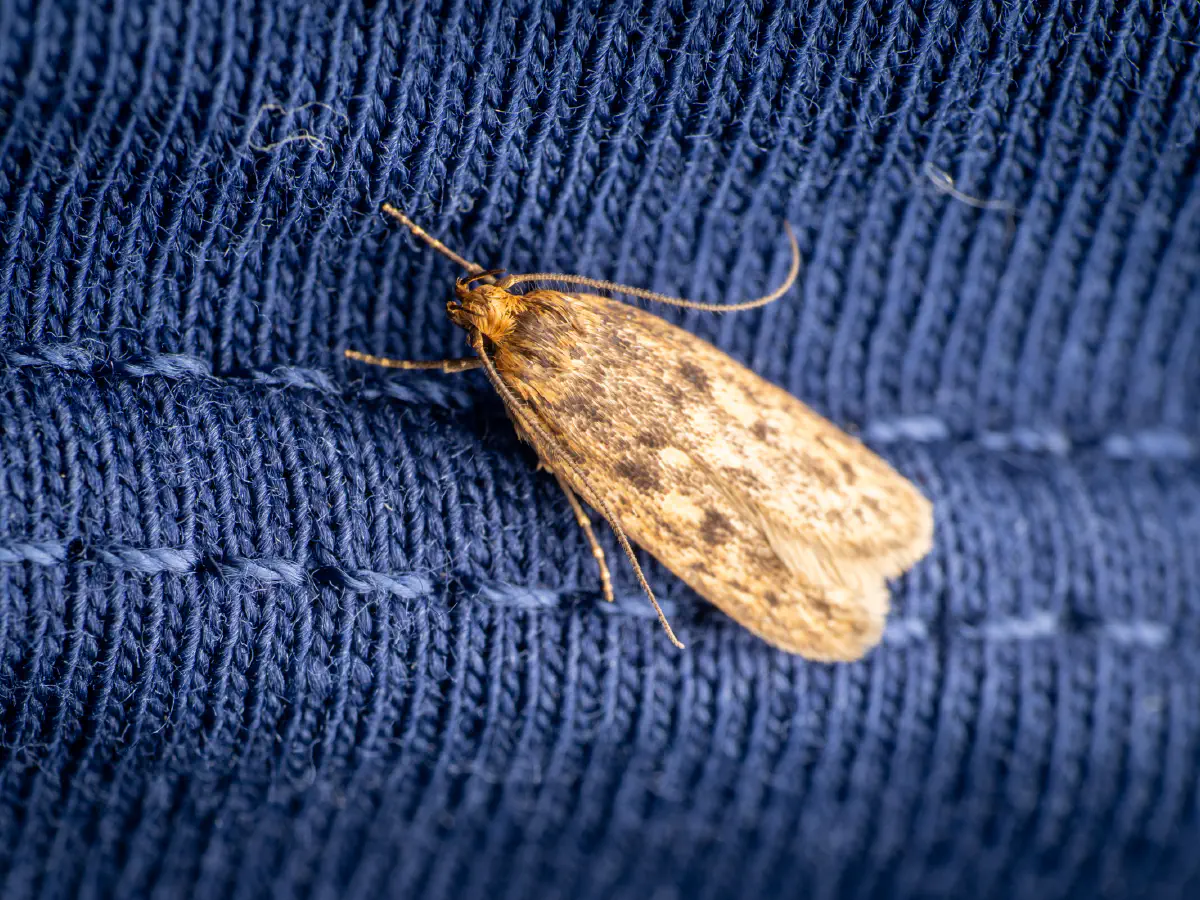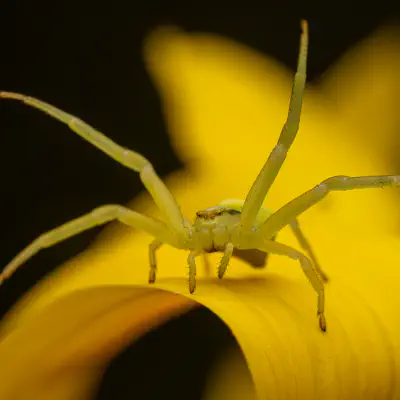This species was introduced from Asia to Europe and other continents in the 1840s. It is now found almost worldwide and is especially common in Britain. This is a synanthropic species that lives in private houses and commercial buildings. Smaller numbers of individuals also occur outside human settings, with larvae being found in birds’ nests, feeding on droppings and detritus.
Brown House Moth (lat. Hofmannophila pseudospretella)


Distribution and habitat

Reproduction and life history
Usually up to 260 ova are laid by a female during one life cycle, either singly or in batches. Large females have been reported to lay 400 – 500 ova. Under favourable conditions, eggs hatch 10 – 20 days after being laid. Larvae are active June – April, during which they spin silken tubes with the food they eat, leaving behind deposits of frass and silk. They require relatively high humidity for successful development to maturity,
and the duration of their pupal stage is shortened by a higher ambient temperature. Although they can enter diapause under unfavourable conditions, they are killed by severe frost. Before pupation, larvae leave their natal feeding site and may travel for 2 – 3 days before finding a new suitable place to pupate. Adults are active May – September, although they can be found all year round in heated buildings. They are especially attracted to light
and can fly all year round. The mite species Cheyletus eruditus appears to be a significant predator of this moth.

Pest status
The brown house moth is considered a serious pest in domestic and commercial settings because of the larvae's destructive feeding habits. Larvae feed on various manmade foodstuffs and household materials. These include stored cereals, dried fruit, seeds, clothes and furniture fabric, fur, and wood floor inlays. Other commodities reportedly eaten include book bindings, wine bottle corks and leather. Their destructive power is probably largely attributable to their unusual ability to degrade keratin, which is mediated
by lactic acid bacteria present in their midgut. Larvae also bite through synthetic carpet fibres to construct their pupation cells, and since they rarely ingest the fibres, they are little affected by conventional moth-proofing agents. Moreover, this species is reported to be a more serious pest in Britain than elsewhere in the world.

References
Grabe, Albert (1942): Eigenartige Geschmacksrichtungen bei Kleinschmetterlingsraupen ["Strange tastes among micromoth caterpillars"]. Zeitschrift des Wiener Entomologen-Vereins 27: 105-109 [in German]. PDF fulltext Savela, Markku (2003): Markku Savela's Lepidoptera and some other life forms – Hofmannophila. Version of 2003-DEC-29. Retrieved 2010-APR-27.

External links
Brown house-moth at UKmoths
This is not intended to be a dry lexicon. Personal stories and sensitive articles form the framework for our pictures: „Explained as easy as pie — Why small creatures have big differences“
This article is about the evolutionary adaptation that has led to the impressive diversity of arthropods — including insects, crustaceans, and arachnids.
Full post

Copyright

This article uses material from the Wikipedia article Hofmannophila pseudospretella the free encyclopedia Wikipedia which is released under Creative Commons Attribution-ShareAlike 4.0 International License). On Wikipedia a list of authors is available.